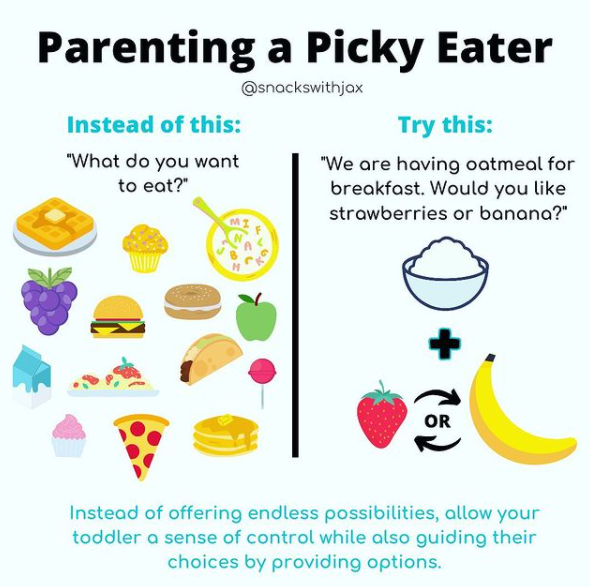Good nutrition is crucial for a child's growth and development. However, many parents often struggle with feeding their picky eaters. Picky eating refers to the selective eating habits of children who may be resistant to trying new foods or refuse to eat certain food groups. This article aims to provide insights and tips on how to promote healthy eating habits and overcome picky eating tendencies in children.
Understanding Picky Eating
Picky eating is a common behavior observed in children, especially during the toddler and preschool years. It is important to understand that picky eating is often a normal part of a child's development and may be influenced by various factors such as taste preferences, sensory issues, or even a fear of trying new foods. However, it is essential to differentiate between picky eating and more severe eating disorders, which may require professional intervention.
Importance of Balanced Nutrition
Balanced nutrition is vital for children as it provides the necessary nutrients for their growth, development, and overall health. It is crucial to offer a variety of foods from different food groups, including fruits, vegetables, whole grains, lean proteins, and dairy products. These foods are rich in vitamins, minerals, and essential macronutrients that support healthy growth and cognitive function. Encouraging balanced nutrition from an early age sets the foundation for lifelong healthy eating habits.
Tips to Encourage Healthy Eating
1. Lead by example: Children often imitate their parents' behavior, so make sure to demonstrate healthy eating habits yourself. Eat a variety of nutritious foods in front of your child, emphasizing the importance of choosing whole foods over processed alternatives. 2. Get your child involved: Allow your children to help with meal planning, grocery shopping, and food preparation. When they are involved in the process, they may feel more inclined to try new foods and enjoy a sense of accomplishment. 3. Make mealtime enjoyable: Create a positive and pleasant meal environment by eating together as a family. Avoid distractions like TV or electronic devices. Use colorful and attractive plates, utensils, and food presentations to make meals visually appealing. 4. Offer a variety of foods: Introduce a wide range of foods, flavors, and textures to your child's diet. Encourage them to taste new foods, even if they initially show resistance. Offer small portions of new foods alongside familiar favorites. 5. Be patient and persistent: It may take several exposures to a food before a child develops a taste for it. Keep offering a variety of foods without pressuring or forcing your child to eat them. Respect their preferences and allow them to decide how much they want to eat. 6. Be creative with food choices: Experiment with different cooking methods, seasonings, and food combinations to increase the appeal of healthy foods. For example, make smoothies with fruits and vegetables, or transform vegetables into fun shapes using cookie cutters. 7. Establish a routine: Provide structured mealtimes and snacks, ensuring your child has a regular eating schedule. This helps create a sense of predictability and stability, making it easier for children to accept new foods. 8. Limit sugary snacks and beverages: Minimize the consumption of sugary snacks, sodas, and juices as they can displace nutrient-rich foods from your child's diet. Instead, focus on offering water and milk as the main drink options.
Conclusion
While dealing with a picky eater can be challenging, it is essential to remember that it is often a temporary phase. By implementing strategies to promote healthy eating habits, parents can encourage their children to explore new foods and develop a well-rounded diet. Patience, persistence, and creating a positive meal environment are key to fostering a love for nutritious foods that will benefit their growth and development in the long run.
